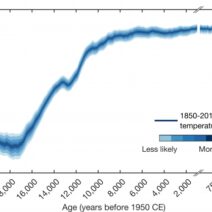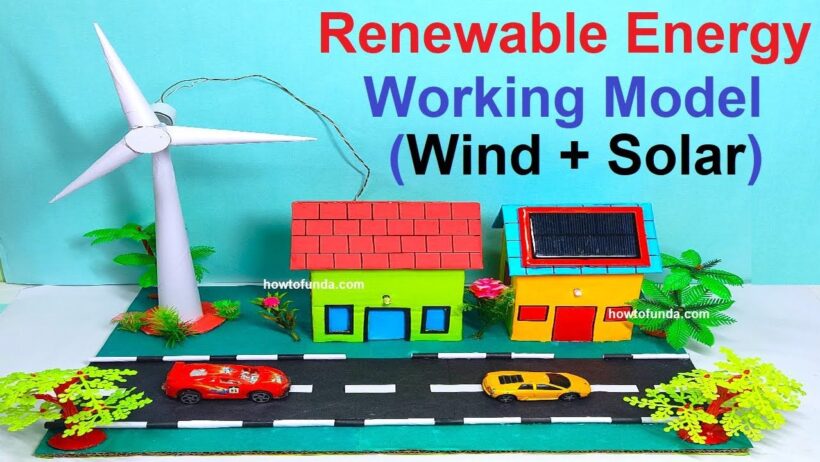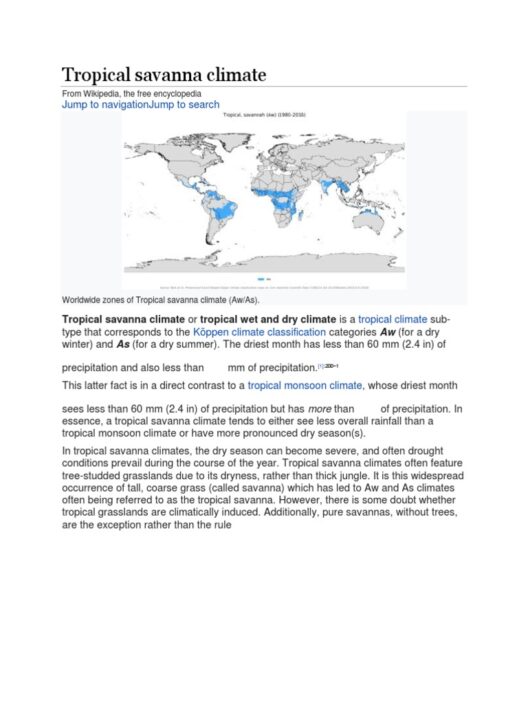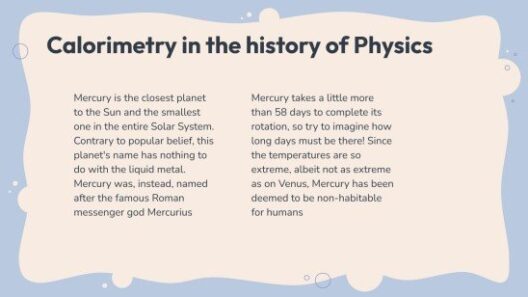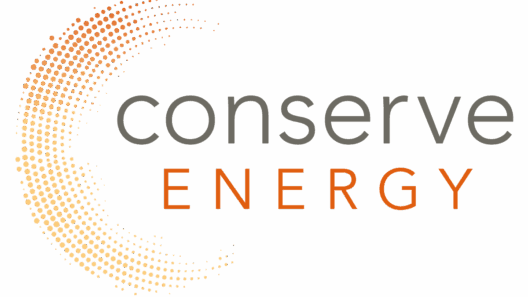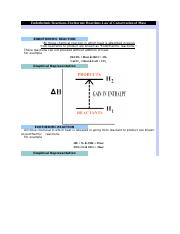Energy conservation is an essential aspect of addressing climate change and promoting sustainability. Creating a working model on energy conservation not only helps to deepen understanding of scientific concepts but also serves as an excellent way to impress judges at a science fair. In this article, we will outline how to develop an engaging and educational model that highlights the various aspects of energy conservation.
The first step in crafting your model is to select an energy conservation theme. There are several intriguing avenues to explore:
- Renewable Energy Sources: Focus on solar, wind, or hydro energy. Each of these can be demonstrated through simple yet effective models.
- Energy Efficiency: Investigate how common household appliances can be made more efficient, such as LED lighting versus incandescent bulbs.
- Alternative Energy Vehicles: Explore the use of electric vehicles and their impact on reducing fossil fuel dependency.
- Smart Home Technology: Illustrate how smart thermostats, energy monitors, and automation can lead to significant energy savings.
Once you have chosen a theme, the next step is planning your model’s construction. It’s essential to outline your project beforehand to ensure a smooth building process. Start with a materials list. Depending on your chosen theme, materials may vary significantly. Common supplies in crafting these models often include:
- Cardstock or foam boards for structure
- Solar panels, small wind turbines, or water wheels for demonstration
- LEDs, batteries, and switches for circuit design
- Measuring tools to showcase energy consumption
- Paint or markers for labeling and aesthetic enhancement
Transitioning to the actual construction of the model, it is advisable to utilize an organized workspace. Start by assembling the base of your model. For instance, if you are demonstrating solar energy, affix the solar panels at an angle that mimics their installation on rooftops. If focusing on wind energy, position the turbine blades properly for optimal airflow.
With your base established, it’s time to incorporate the functional elements of your model. For a solar energy model, connect the solar panels to a small battery and LED lights. This setup not only showcases how solar energy can be harnessed but also provides a visual representation of energy conversion. In the context of wind energy, ensure that your turbine is connected correctly to demonstrate how kinetic energy is transformed into electrical energy.
While assembling your model, consider integrating data visualizations. For example, if your project involves measuring energy consumption, you can include a digital meter that displays real-time energy use. This aspect can particularly impress judges, as it provides empirical evidence supporting the effectiveness of your energy conservation techniques.
An informative presentation accompanying your model is essential for clarity. Prepare a poster or a digital slideshow that outlines the following aspects:
- The concept of energy conservation: Define energy conservation and explain its significance in combating climate change.
- How your model works: Describe the mechanics of your design, including the energy conversion processes involved.
- Data and findings: Present any measurements you’ve taken, such as energy output or savings, and compare these figures to traditional methods.
- Real-world applications: Discuss how the technologies demonstrated in your model can be applied in everyday scenarios.
Your presentation should be visually appealing and easy to comprehend. Use diagrams, bullet points, and concise language to convey your messages effectively. It is crucial to tailor your narrative to engage your audience, raising their awareness about the importance of energy conservation in their lives.
Moreover, consider conducting a brief experiment during the presentation phase of your science fair. For example, you could compare the energy consumption of different light bulbs using your model, invoking real-time participation to captivate your audience. This hands-on approach can transcend traditional presentations, diving into experiential learning.
After the exhibition, follow-up is key. Encourage discussions about energy conservation and explore how those present can implement similar concepts in their lives. Engaging with your audience fosters an environment of curiosity and inspiration toward sustainable practices. Consider providing a handout with tips and resources for energy conservation that attendees can take home.
Lastly, reflect on your experience. After the science fair concludes, think critically about what worked well and what could be enhanced for future projects. This self-evaluation process is vital for personal growth and enhances your ability to convey environmental awareness effectively.
In conclusion, creating a working model on energy conservation is more than an academic endeavor; it is an opportunity to advocate for crucial environmental practices that can combat climate change. By selecting a compelling theme, constructing an informative model, and engaging your audience actively, you can inspire others to appreciate the importance of conserving energy. Remember, small actions lead to significant results; your model could be the catalyst for a larger movement toward sustainability.

